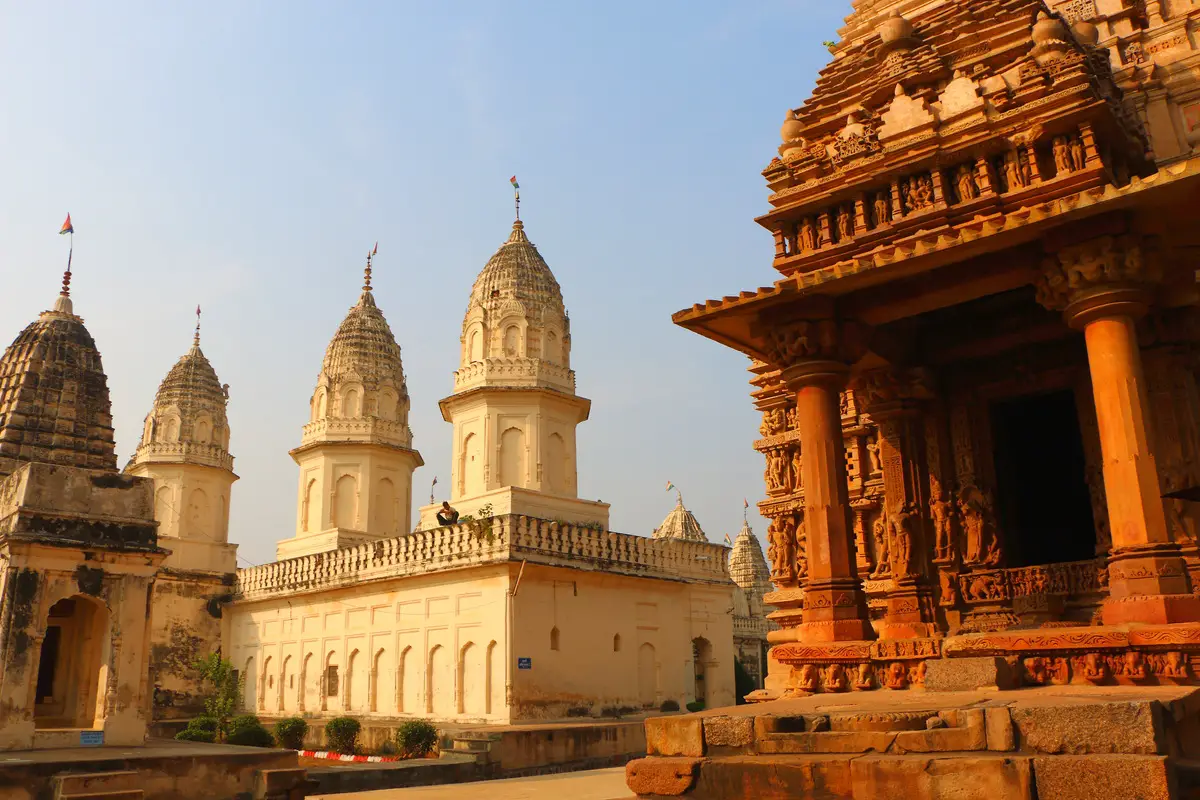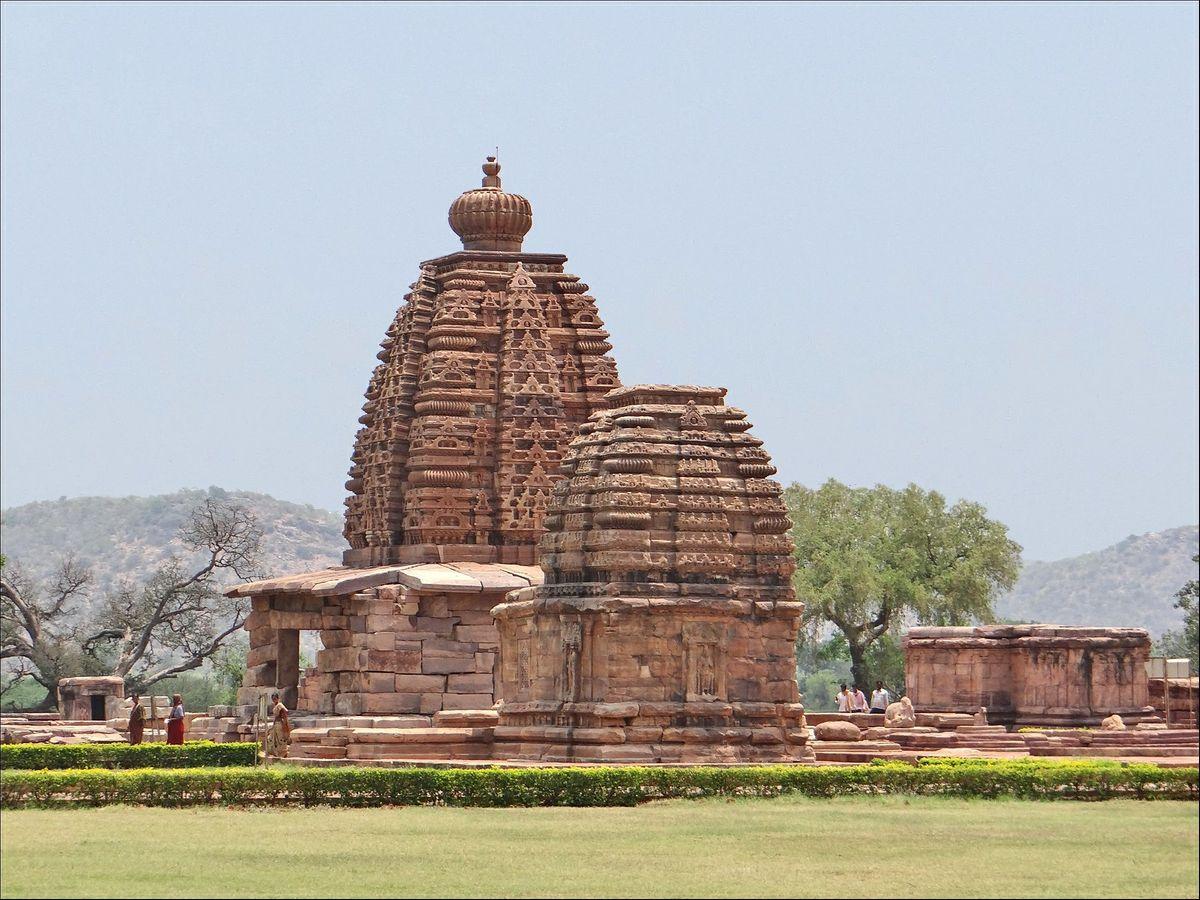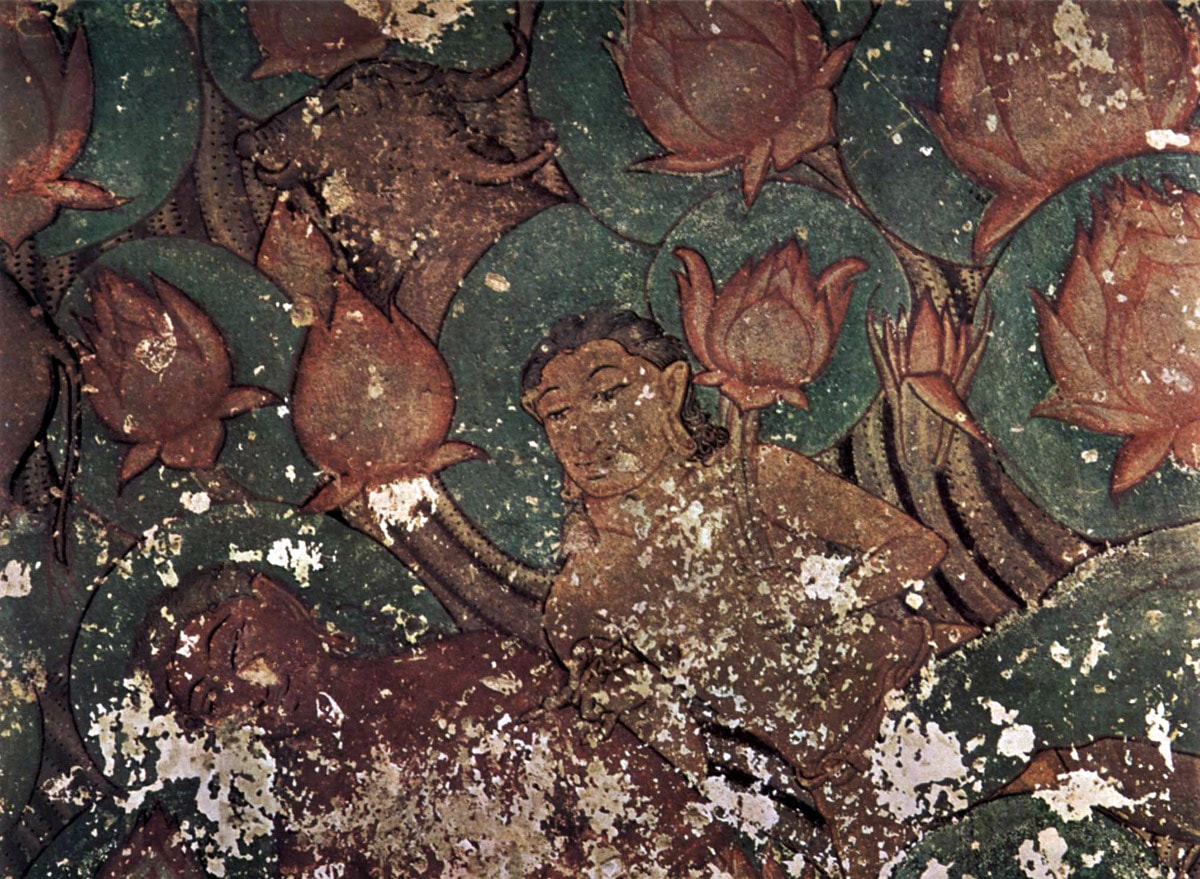Wondermondo 🢖 Categories of wonders 🢖 Architectural wonders 🢖 Religious architecture 🢖 Jain shrines
Category
Jain shrines
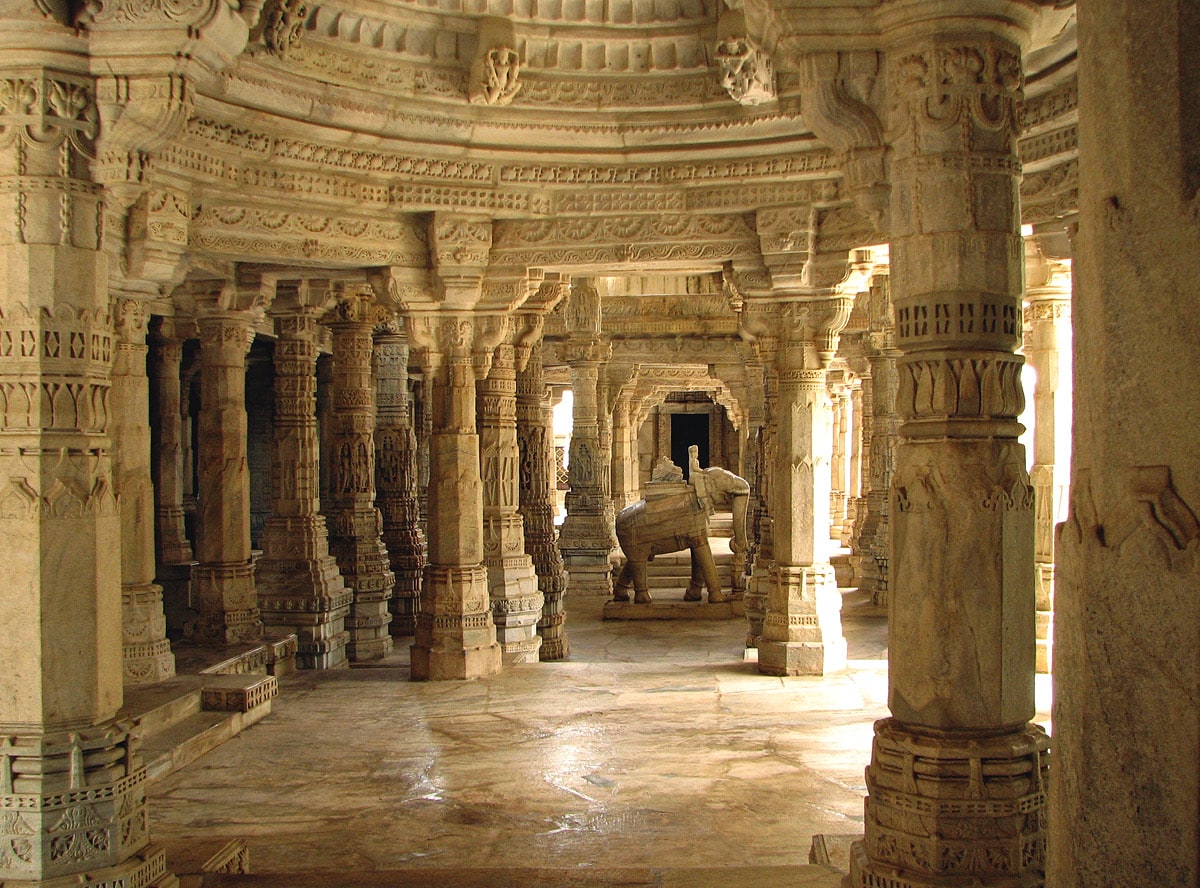
 Described Jain shrines
Described Jain shrines
If you see this after your page is loaded completely, leafletJS files are missing.
 What is included in this category?
What is included in this category?
One of the oldest religions in the world is Jainism. This religion originated in India around 840 BC and is well-known as a religion heralding respect and compassion to all living beings of the world and promoting non-violence and constant spiritual development. Jains have left a profound influence on Hinduism and Buddhism. Nowadays Jainism has 6 – 12 million followers, for the most part in India.
Jains do not emphasize the worship of Gods, they rather teach the worship of all liberated souls and heroes attaining this liberation through self-denial. According to Jain tradition there are 63 Salaka-purusha’s – Great souls. These include 24 Thirtankaras, 12 Emperors, and 27 other heroes. Tirthankaras are the most prominent ones and could be compared to Christian prophets though exceeding them in their importance. Individual Thirtankaras and events associated with their lives are frequent motifs in Jain art.
Jain temples belong to the most ornate and most impressive buildings of the world. In their construction, there is used a stone with intricate, refined carvings. Often temples are directly carved in the cliff. Often Jain temples are grouped, forming large temple cities on top of hills.
Marble temples with unbelievable stone carvings often hold a significant wealth of precious stones and metals. To protect this wealth Jains built large fortification walls around their temple cities. Temples themselves often have many columns covered with numerous carvings.
Some of the most impressive Jainist temples are Ranakpur Temple (India, Rajasthan) and Dilwara Temples on Mount Abu (India, Rajasthan).
Other articles
Wondermondo has defined several other categories of religious structures:
- Religious architecture – list of more than 60 most interesting and impressive religious structures and sites around the world.
- Buddhist shrines
- Churches
- Christian monasteries
- Hindu shrines
- Islamic shrines
- Judaism monuments, sinagogues
- Other contemporary shrines
- Ancient pyramids
- Ancient and prehistoric shrines
 Top 25 karst landscapes
Top 25 karst landscapes
Asia
Ellora Caves, Kailasanatha Temple
India
One of the highest achievements not only in Hindu (and – also Jain) architecture but in ancient structural engineering of the world. A group of 34 rock-cut temples, including the glorious Kailasanatha Temple, are cut out from a whole rock. Built around 550 – 1000 AD.
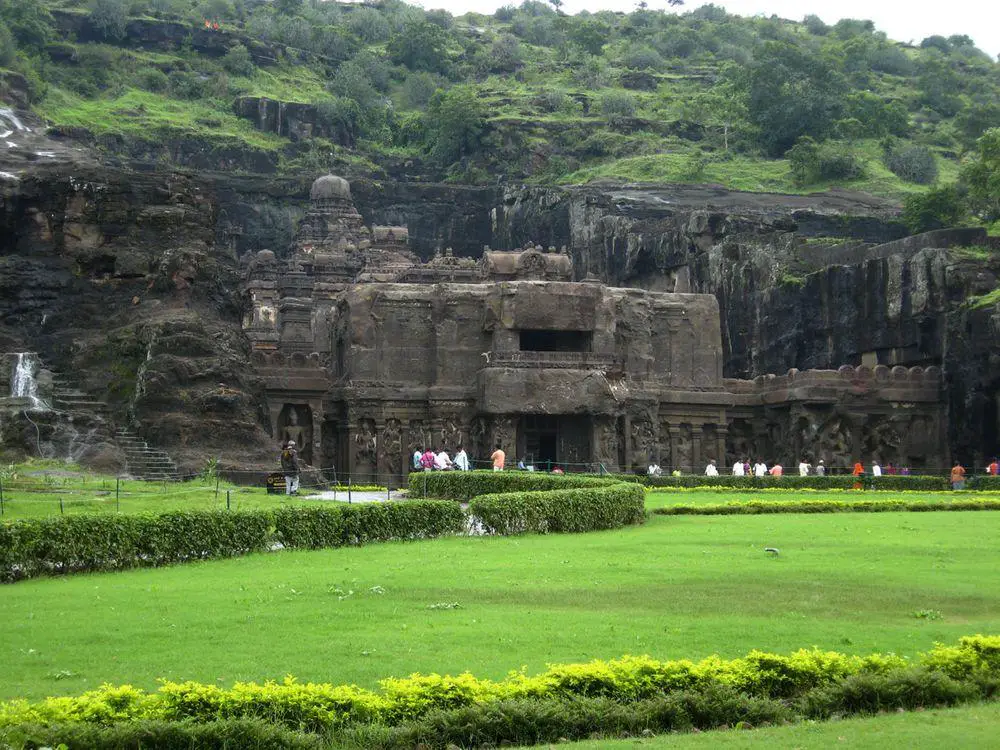
Khajuraho Temple City
India
Group of very ornate Hindu and Jain temples built in 950 – 1150 AD. Originally 80 temples, now remain 25 spread over an area of 20 km2. Temples are world-famous due to numerous erotic sculptures.
Mount Kailash
Tibet
Visually very impressive mountain, 6638 meters high. It is a very sacred site for many of the religions of Asia, including Buddhism, Hinduism, and Jainism. It is off-limits to people due to its religious significance. Pilgrims walk around the mountain on a 52 km-long trek.
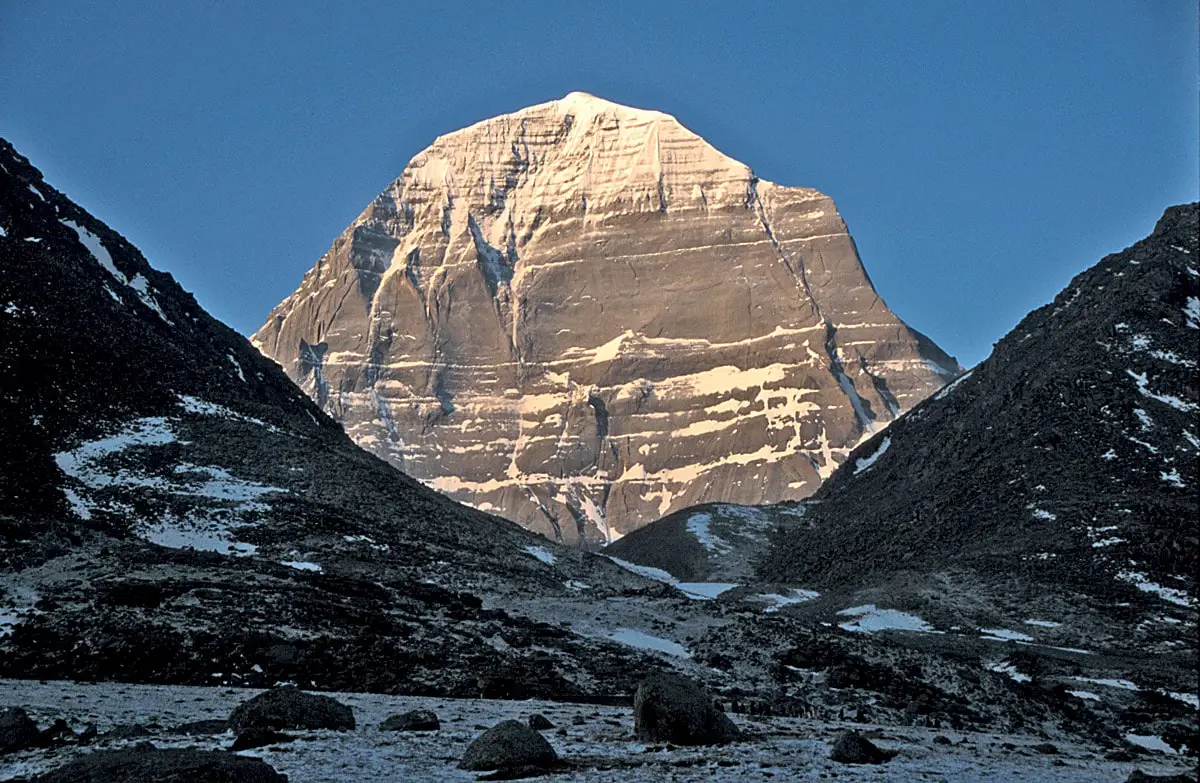
Palitana temples
India
Religious Jain city, a major center of pilgrimage with 863 gorgeous temples in several groups.
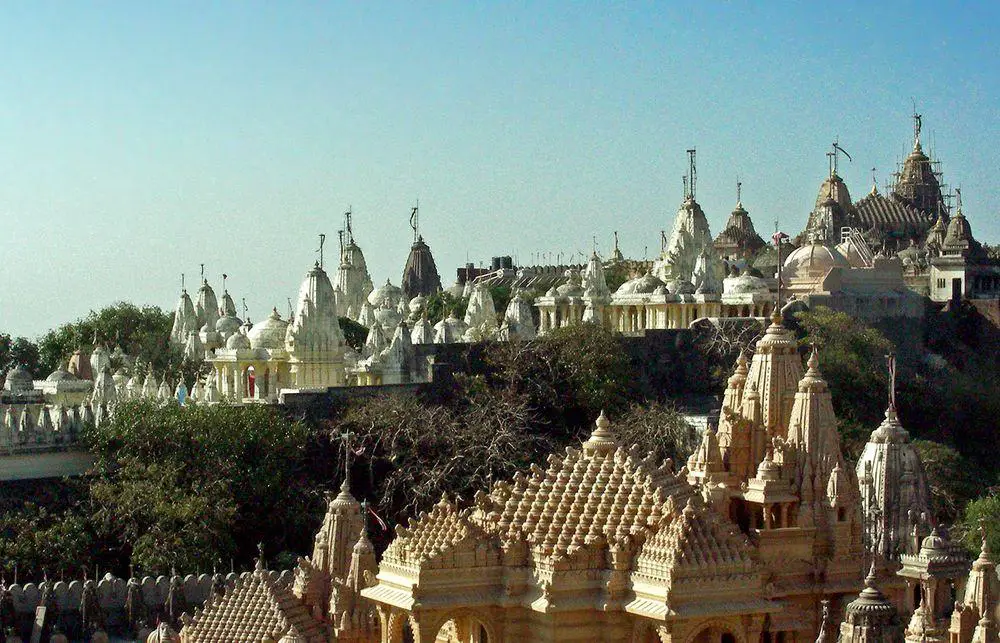
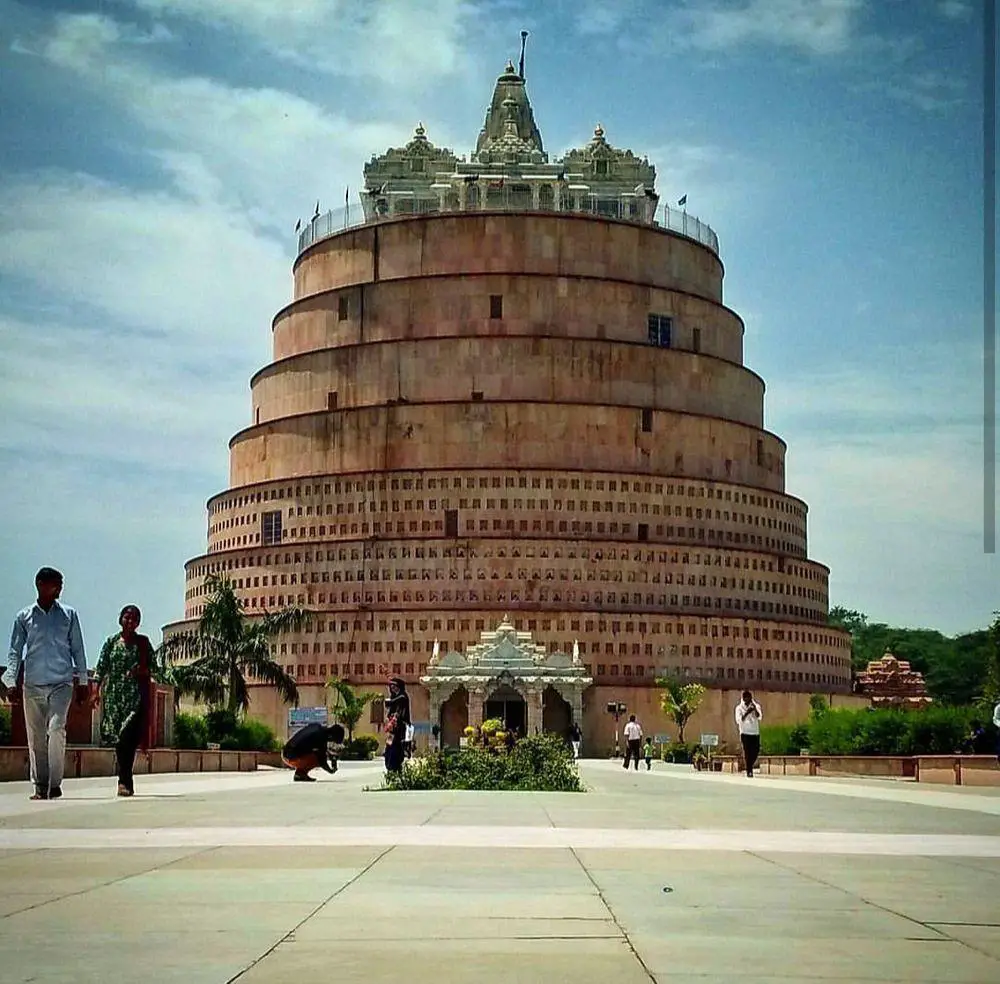
Ranakpur Temple
India
A beautiful, white marble Jain temple from the late 14th – middle 15th centuries. It contains over 1444 beautifully carved pillars, each with its own design.
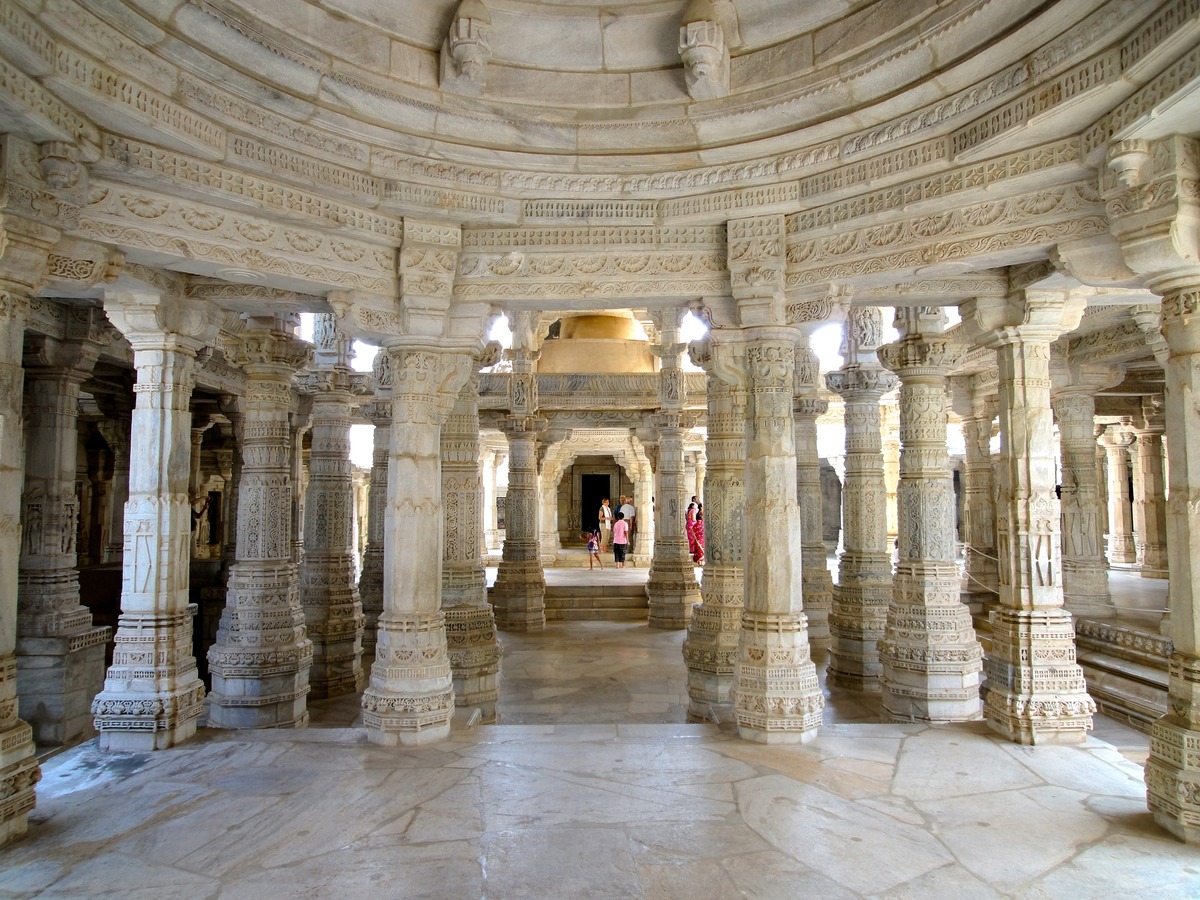
Mangi Tungi
India
Very impressive cliffs with two peaks, with numerous historical and art values. Contain forts and numerous Jain temples.
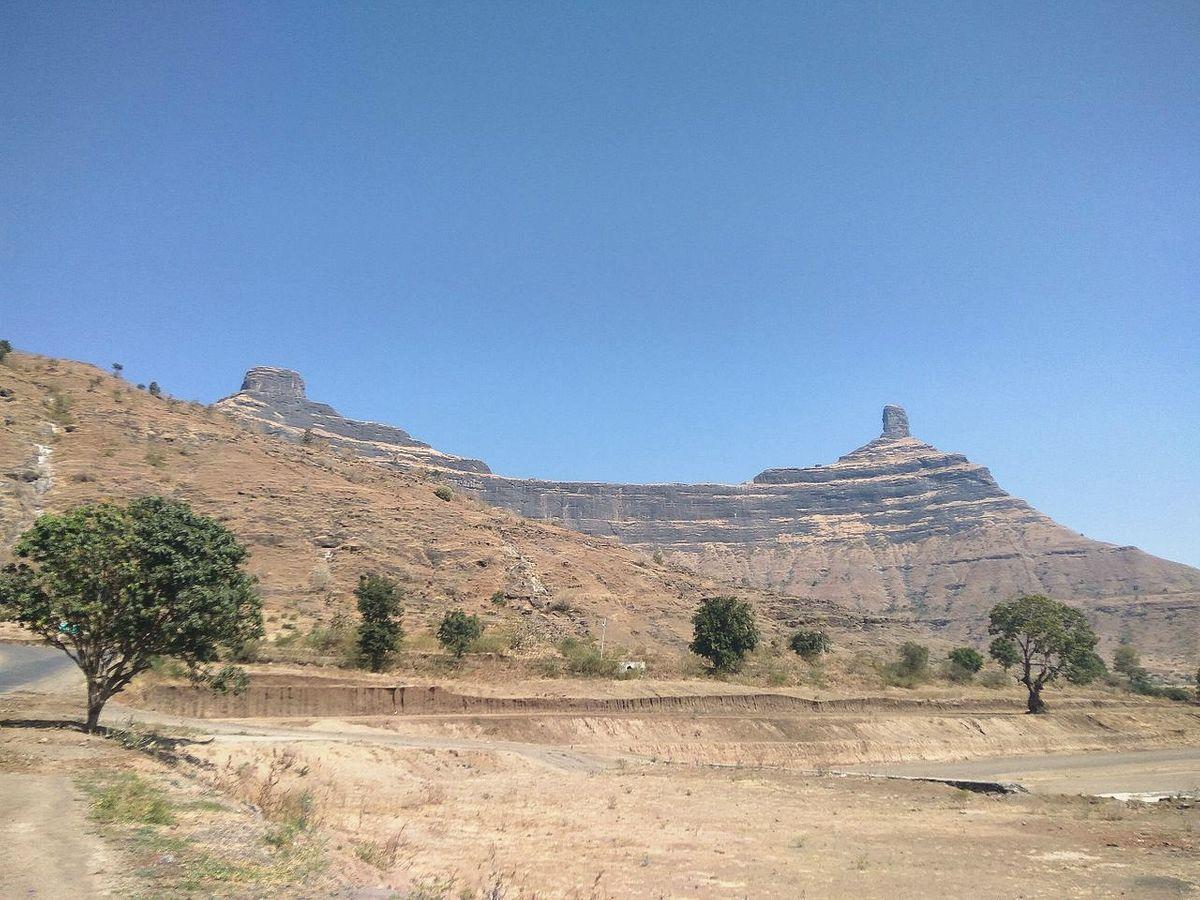
Pattadakal Temple City
India
Group of the 8th century Hindu temples and other monuments, contains 10 important temples, including the beautiful Virupaksha Temple.
Thousand Pillar Temple
India
The largest and the most ornate Jain temple in this part of India. The building has three stories and was built around 1430 AD. Renowned due to the pillared hall in the forepart with beautiful stone carvings covering the pillars and a very sacred relic – a 2.5 m high bronze image of Lord Chandranatha Swami.
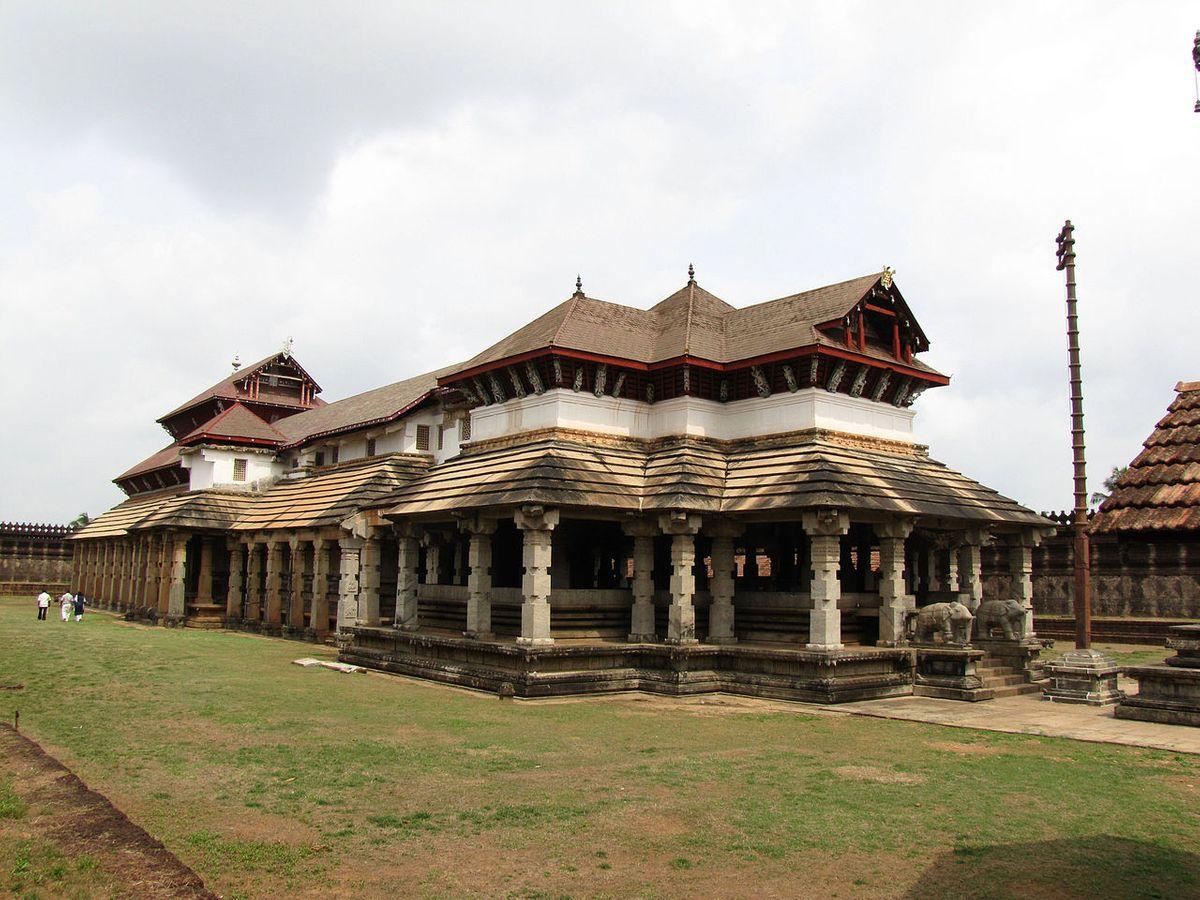
Sonagiri (Songiri)
India
Gorgeous Jain temple city with the oldest temples dating from the 9th century AD. In total there are 103 ornate Jain temples that form an unusual cultural landscape. An important feature here is a considerably older statue – the 3 m tall image of Chandraprabhu. It was made in the 5th or 6th century AD.
Dilwara Temples
India
Five beautiful temples built in the 11th – 13th centuries, renowned due to skillful use of marble in design and intricate stone carvings.
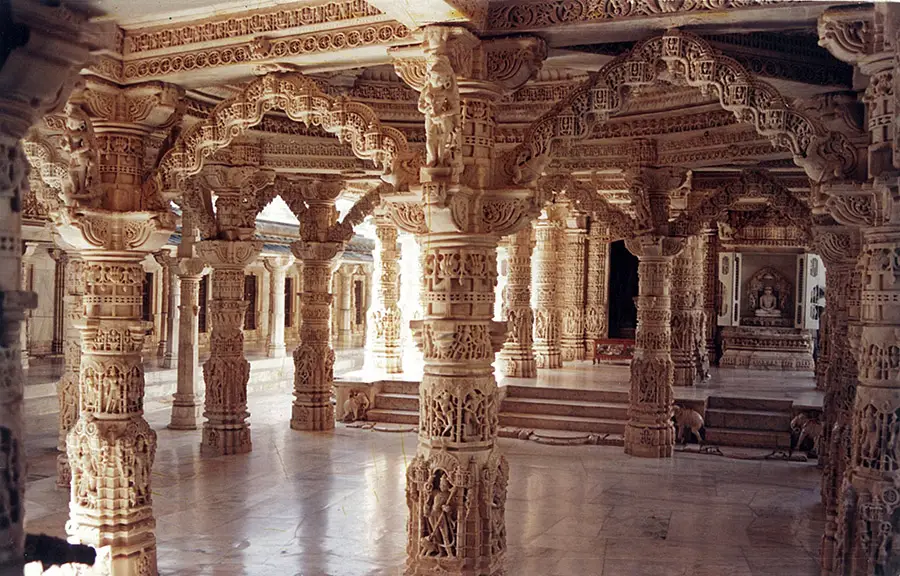
Udayagiri Caves, Khandagiri Caves
India
27 – 35 caves, carved around the 1st century BC. Historically important, contain valuable inscriptions and exquisite artwork.
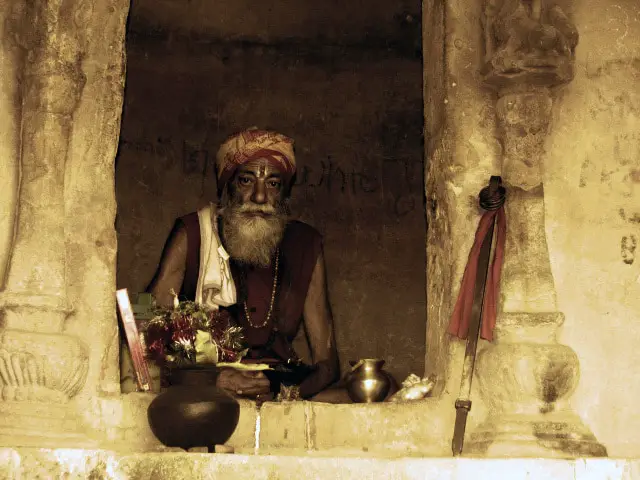
Parshwanath Temple in Khajuraho
India
This very ornate Jain temple was built in 954 AD. Contains a magic square with figures.
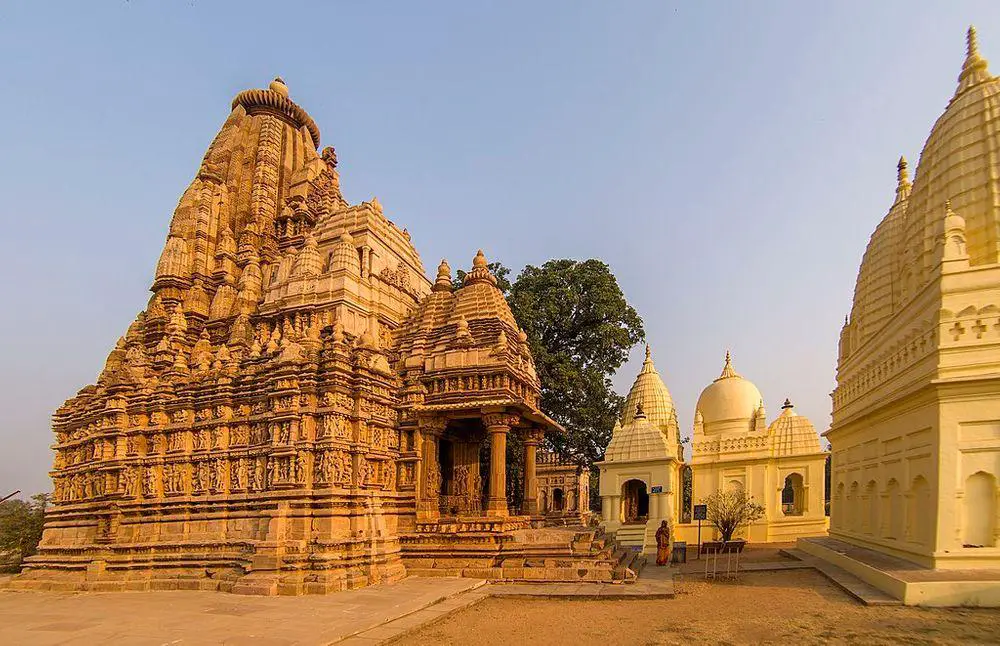
Kirti Stambh in Chittor Fort
India
Impressive, 22 m high seven-story tower of unusual architecture, covered with stone carvings. Built around the 12th century. Devoted to the first Jain teacher Adinath.
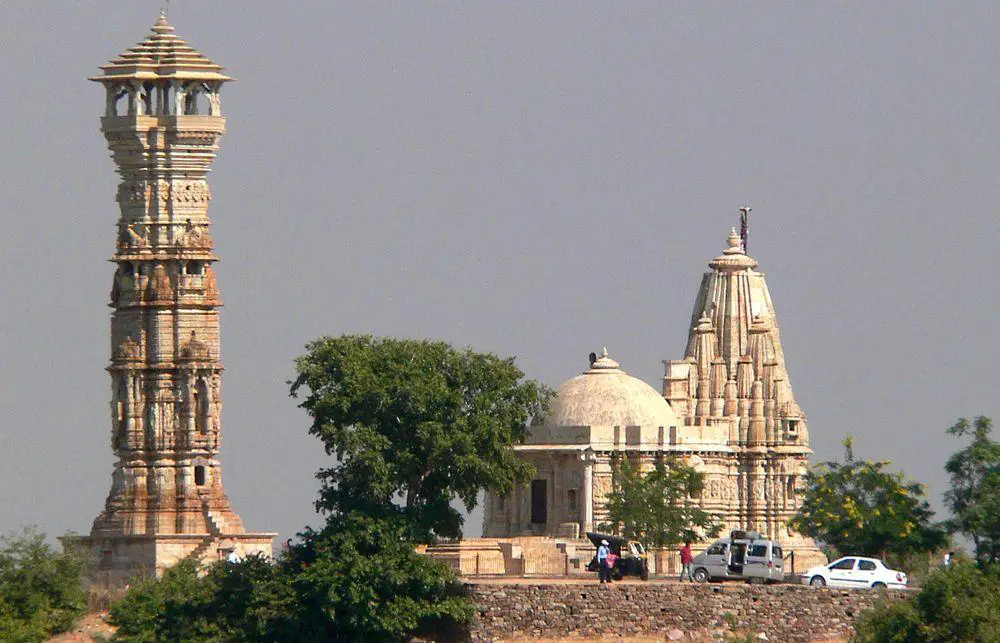
Adinatha Temple in Khajuraho
India
Beautiful temple with a pyramidal tower. Most likely built around 1215.
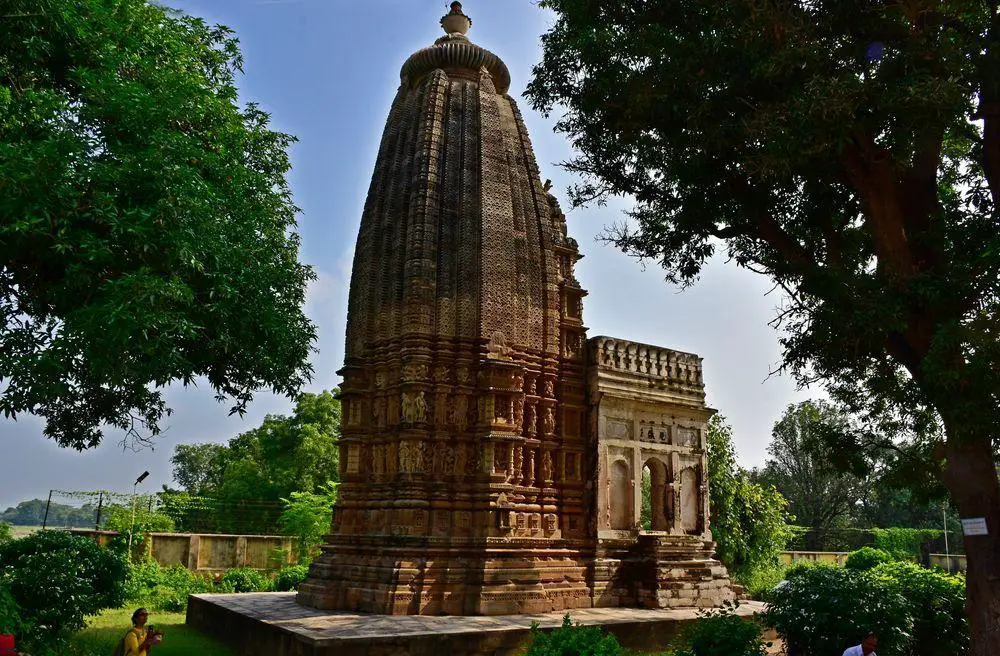
Sanghiji
India
An ancient Jain temple that was completed in the 10th century AD although started much earlier. Contains beautiful stone carvings.
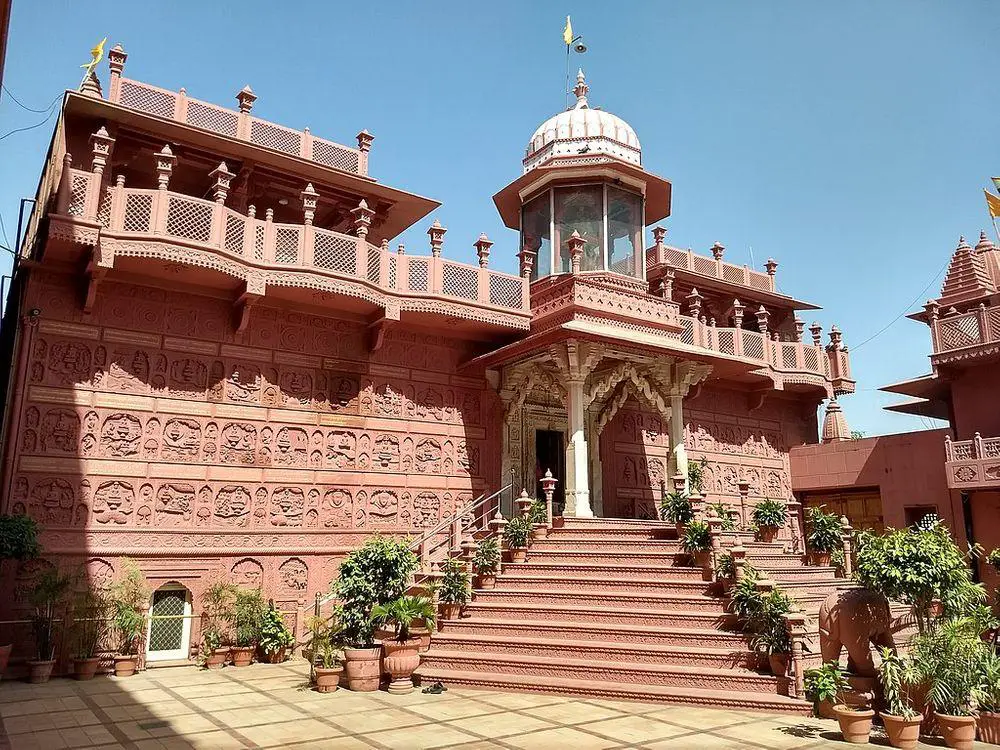
Girnar Jain Temples
India
A large group of ornate Jain temples. This group of shrines forms something similar to a very ornate fortification on the top of the mountain. The Jain pilgrimage started already before 250 BC but temples were built in the 12th – 19th centuries.
Muktagiri
India
A group of 52 Jain temples in a beautiful natural setting, among lush forests and next to a large waterfall. Most of these temples were built in the 13th – 14th century.
Shikharji on Parasnath Hill
India
One of the main pilgrimage destinations for Jains, it has a hilly location that was once surrounded by primeval forests. The temple buildings have been standing at least since 1765 AD, but most likely are considerably older. A trip to all 31 temples takes 12 hours and is 28 kilometers long.
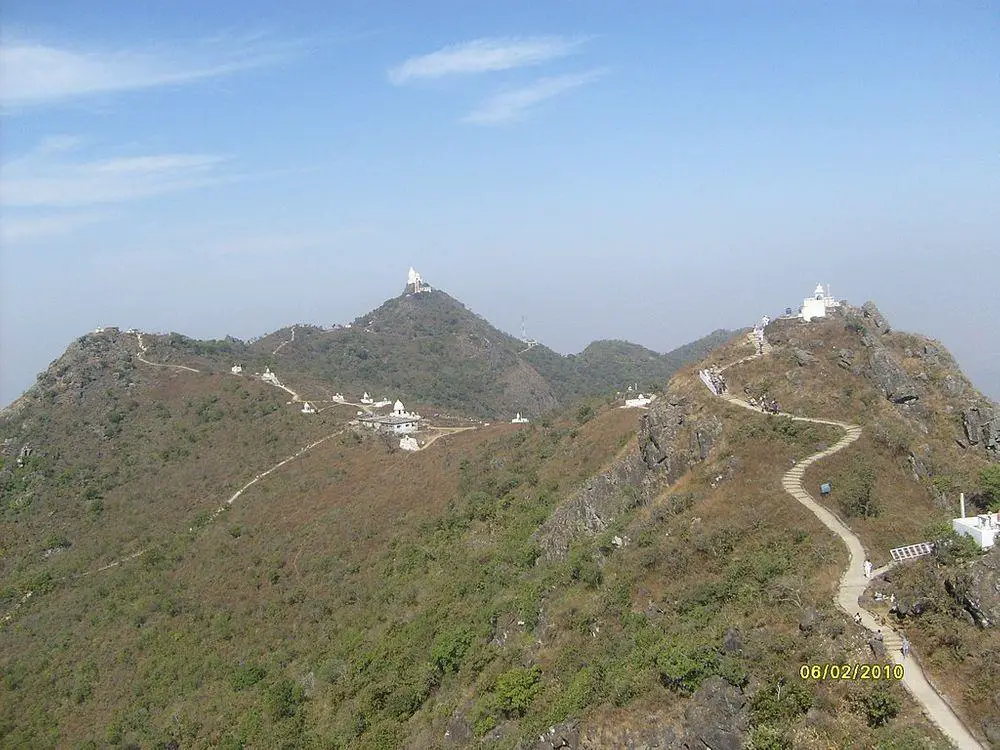
Gommateshwara Statue (Gomateshwara)
India
Possibly the largest monolithic stone statue in the world, erected at the end of the 10th century. Height – 17.4 meters.
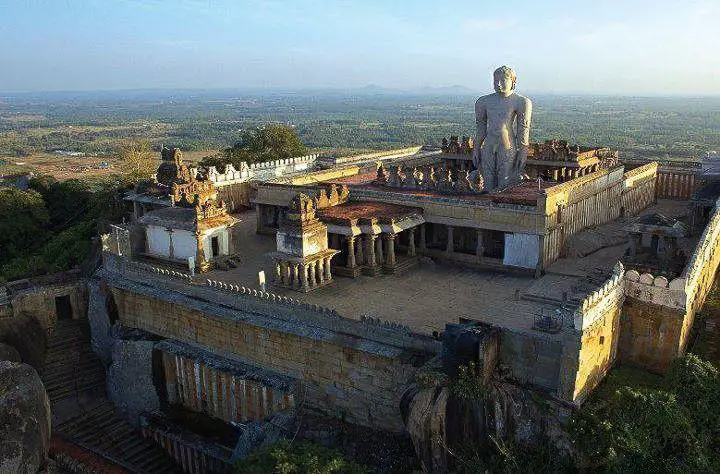
Sittanavasal Cave (Chithannavasal Cave) and Eladipattam
India
A rock-cut Jain temple from the 7th century AD. Temple contains some of the best medieval rock paintings in India.
Kulpakji (Kolanupaka Temple)
India
Very ornate and very old Jain temple. It is assumed that the temple was built more than 2000 years ago.
Bawangaja
India
Jain pilgrimage site with 26 meters high statue. It, most likely, was carved out on this cliff in the early 12th century.
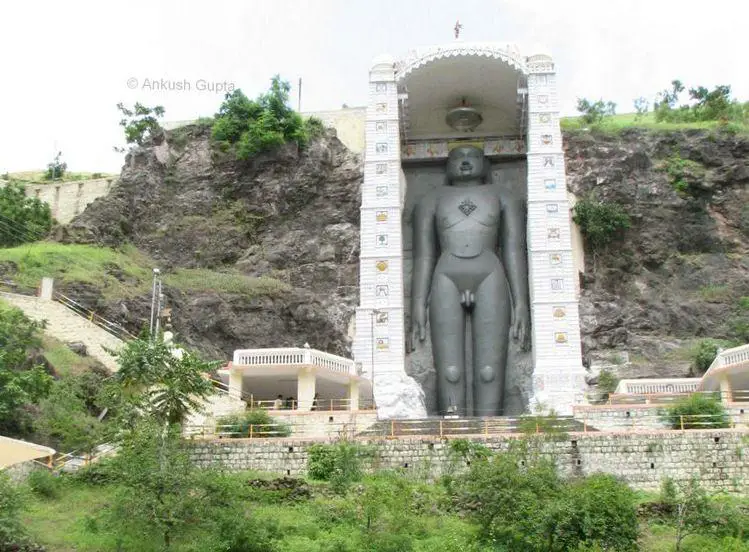
Badami Cave Temples
India
A group of four beautiful rock-cut temples, made in the 6th – 7th centuries AD. Located in the ancient capital of Early Chalukyas. Art of temples witnesses the search for a distinct style.
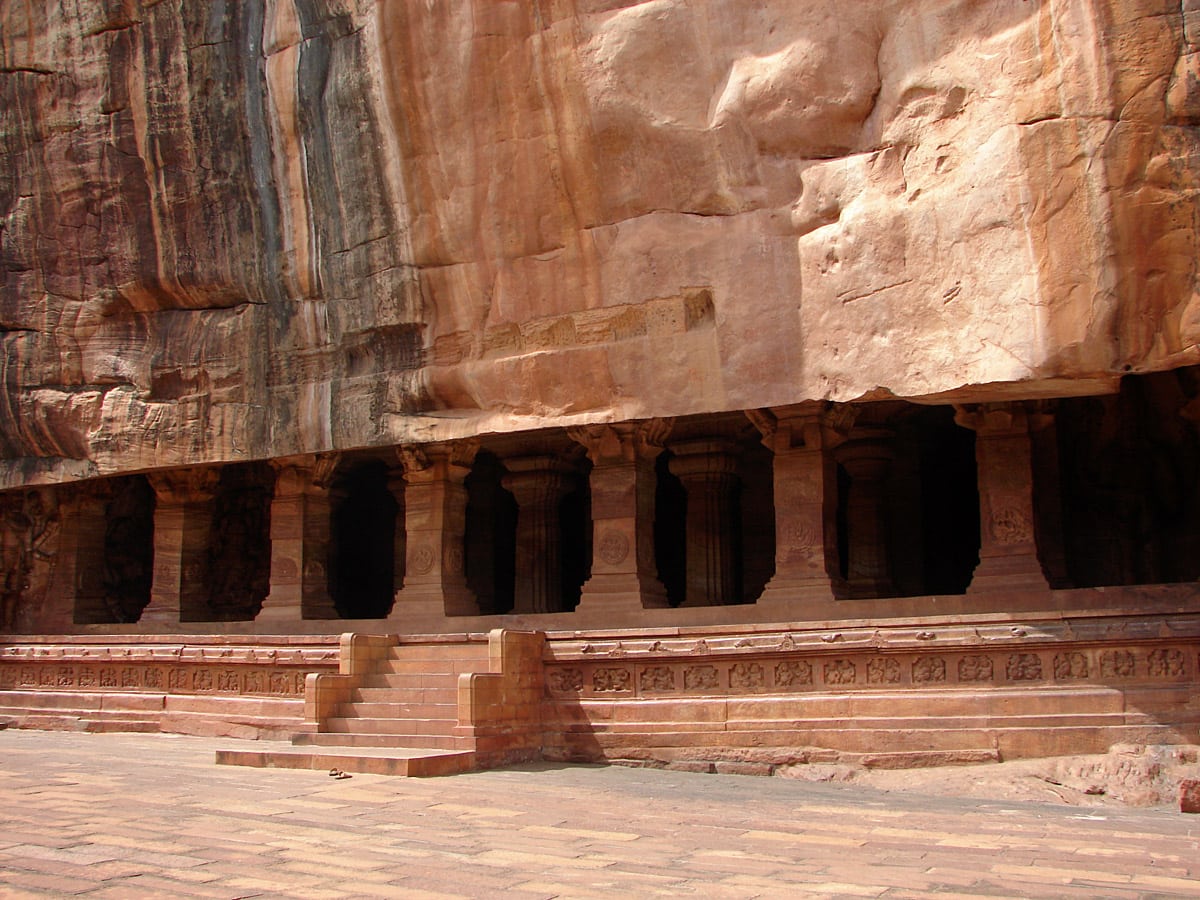
Gopachal rock-cut monuments
India
Five groups of enormous rock-cut temples and sculptures around Gwalior Fort. These shrines were created by Jains in the time period from the 6th century to the 15th century AD.
 Recommended books
Recommended books
The Jains
The Indian religion of Jainism, whose central tenet involves non-violence to all creatures, is one of the world’s oldest and least-understood faiths. Dundas looks at Jainism in its social and doctrinal context, explaining its history, sects, scriptures, and ritual, and describing how the Jains have, over 2500 years, defined themselves as a unique religious community.

